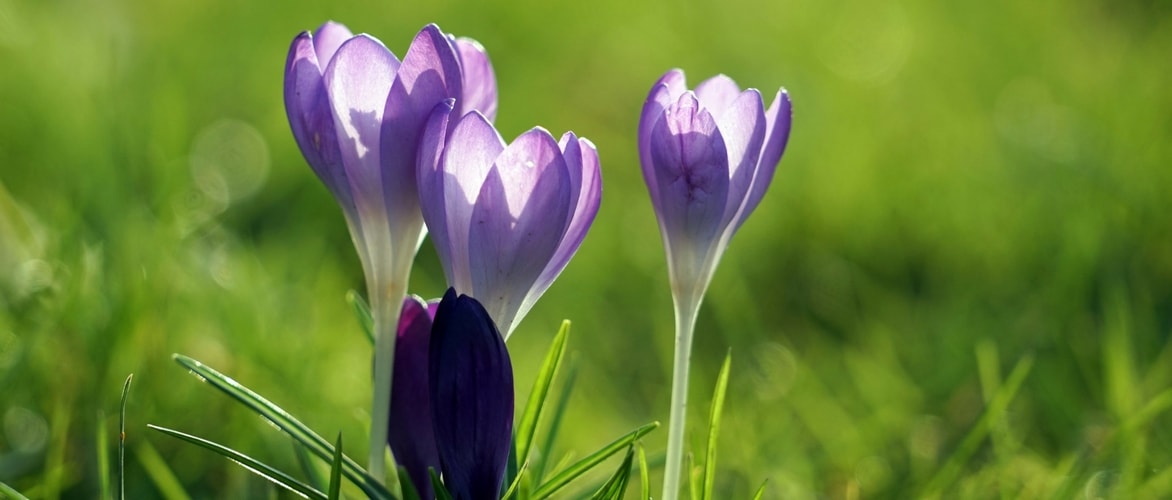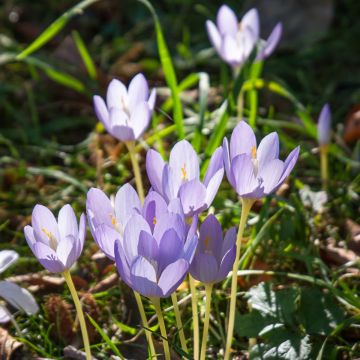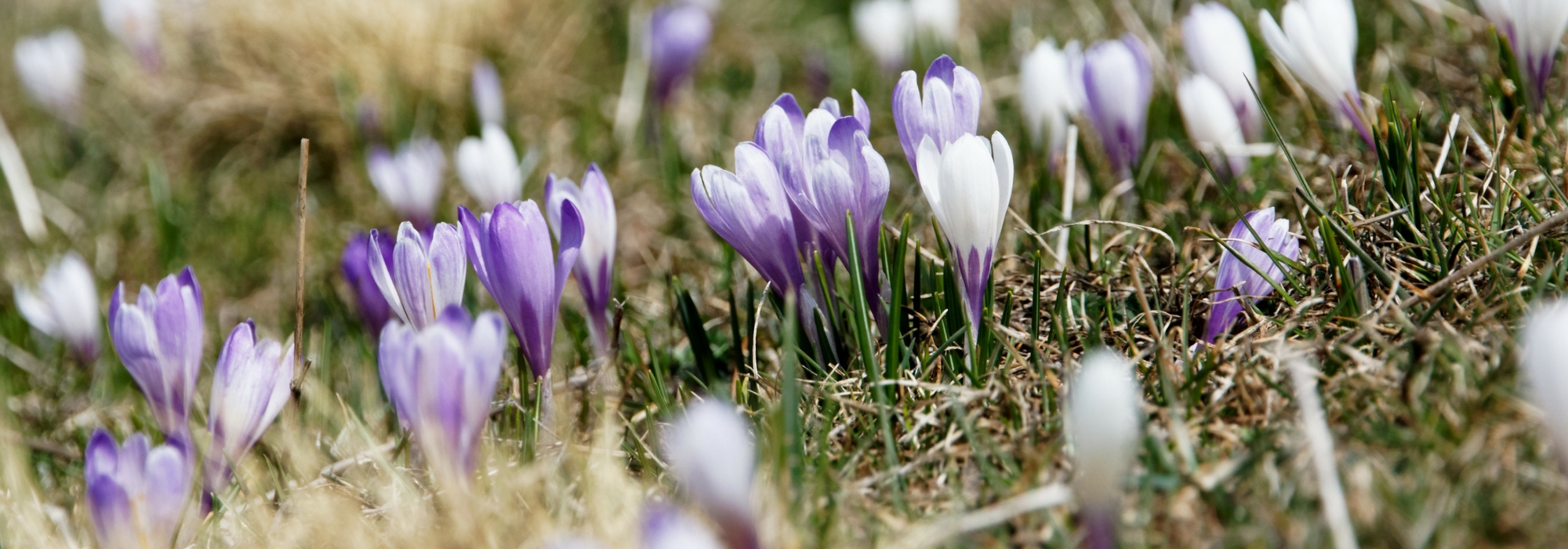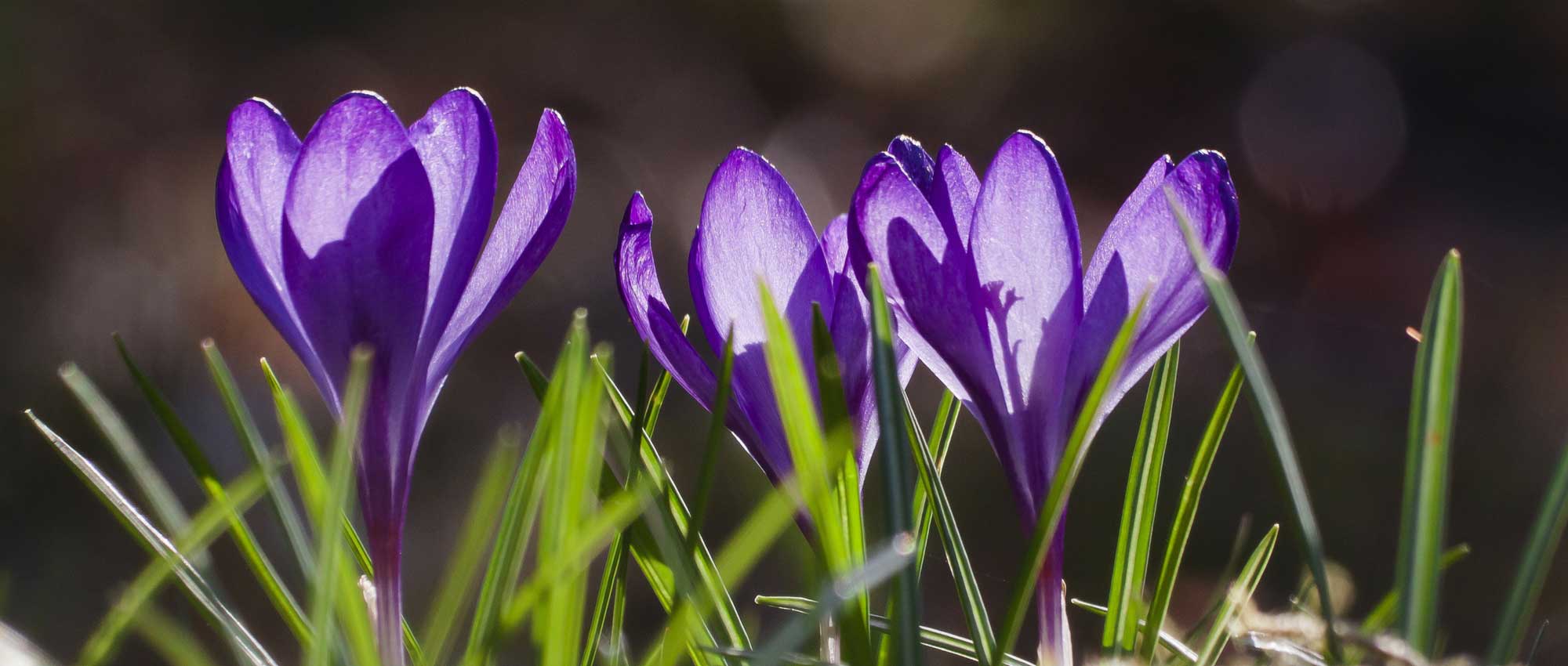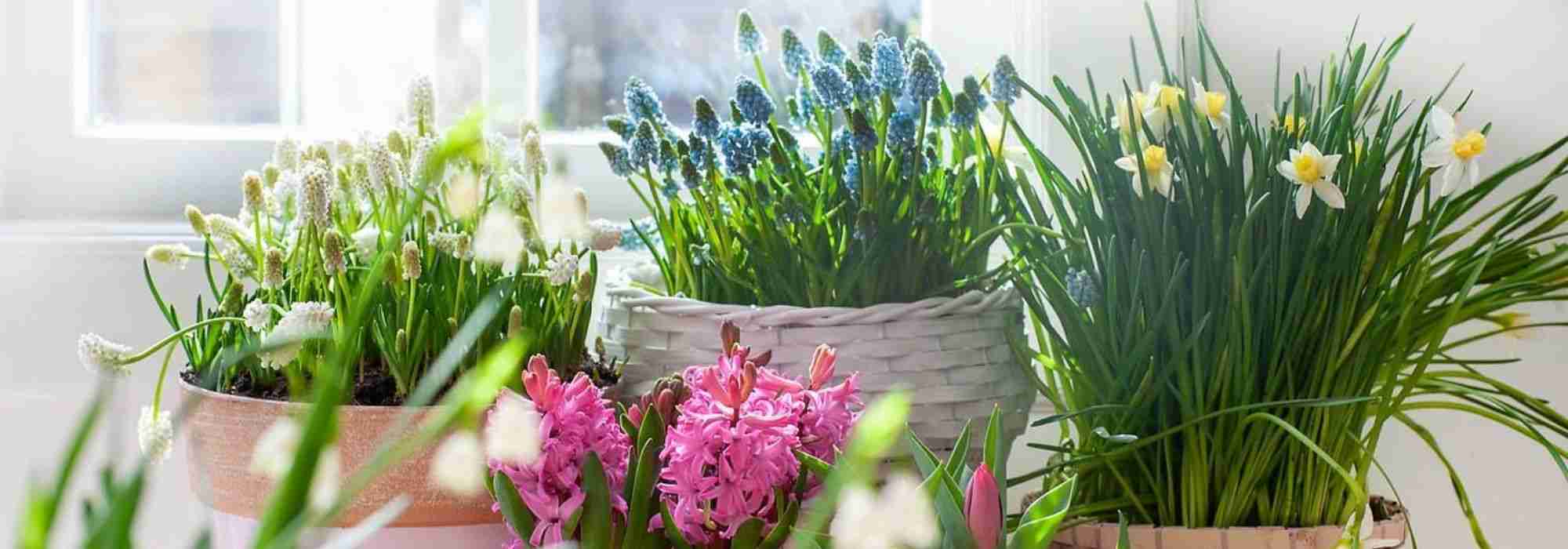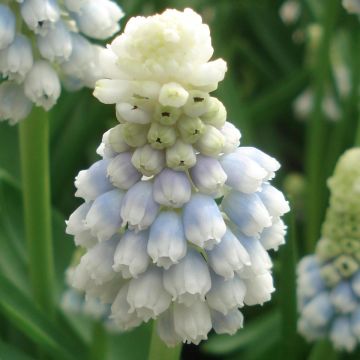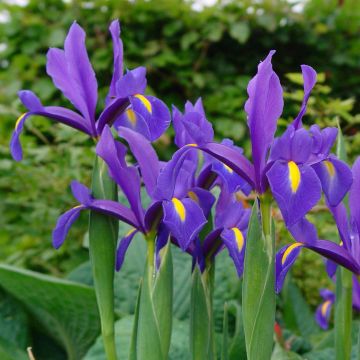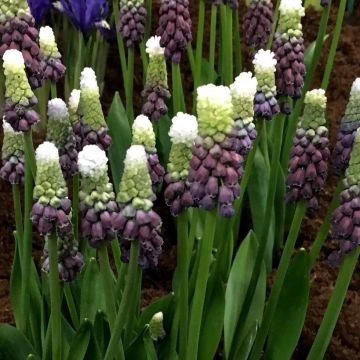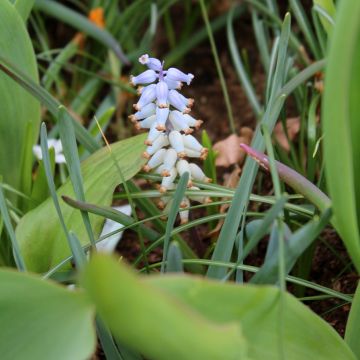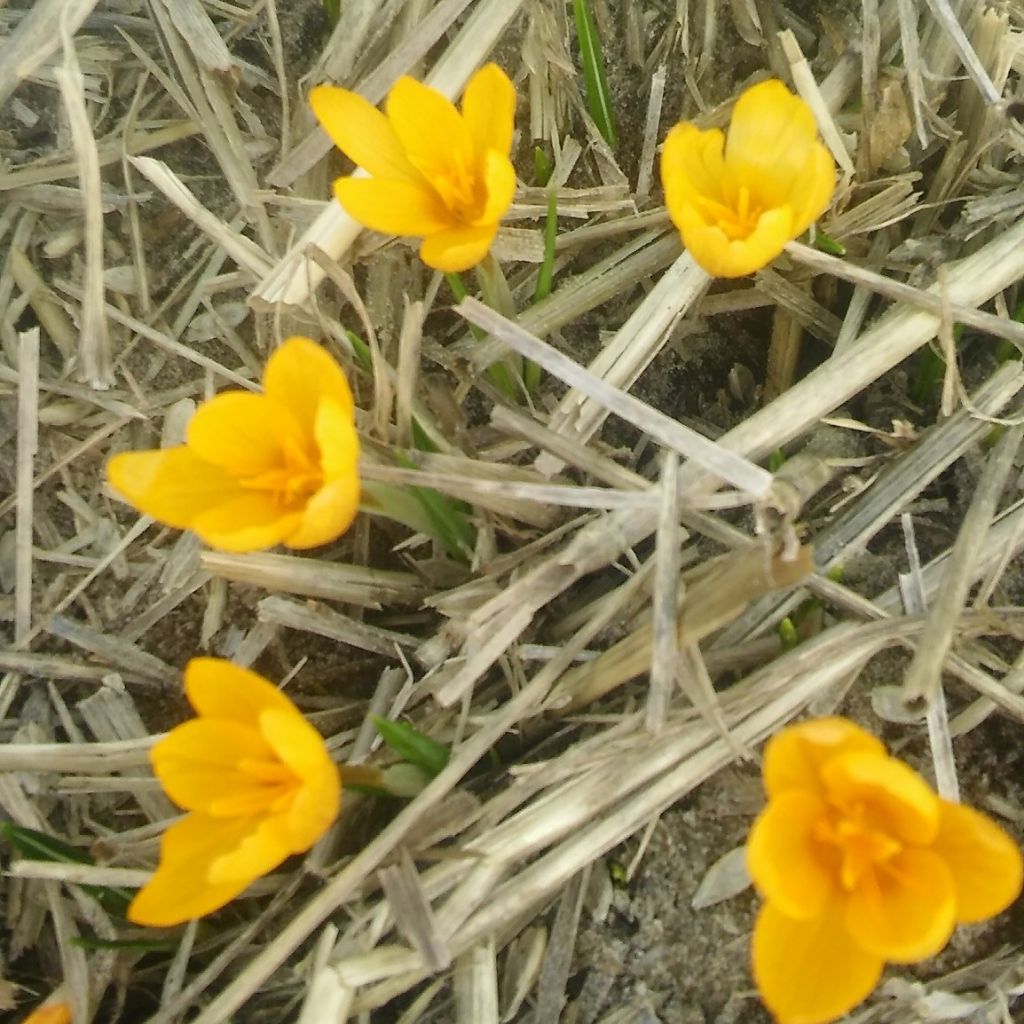

Crocus vitellinus - Crocus botanique
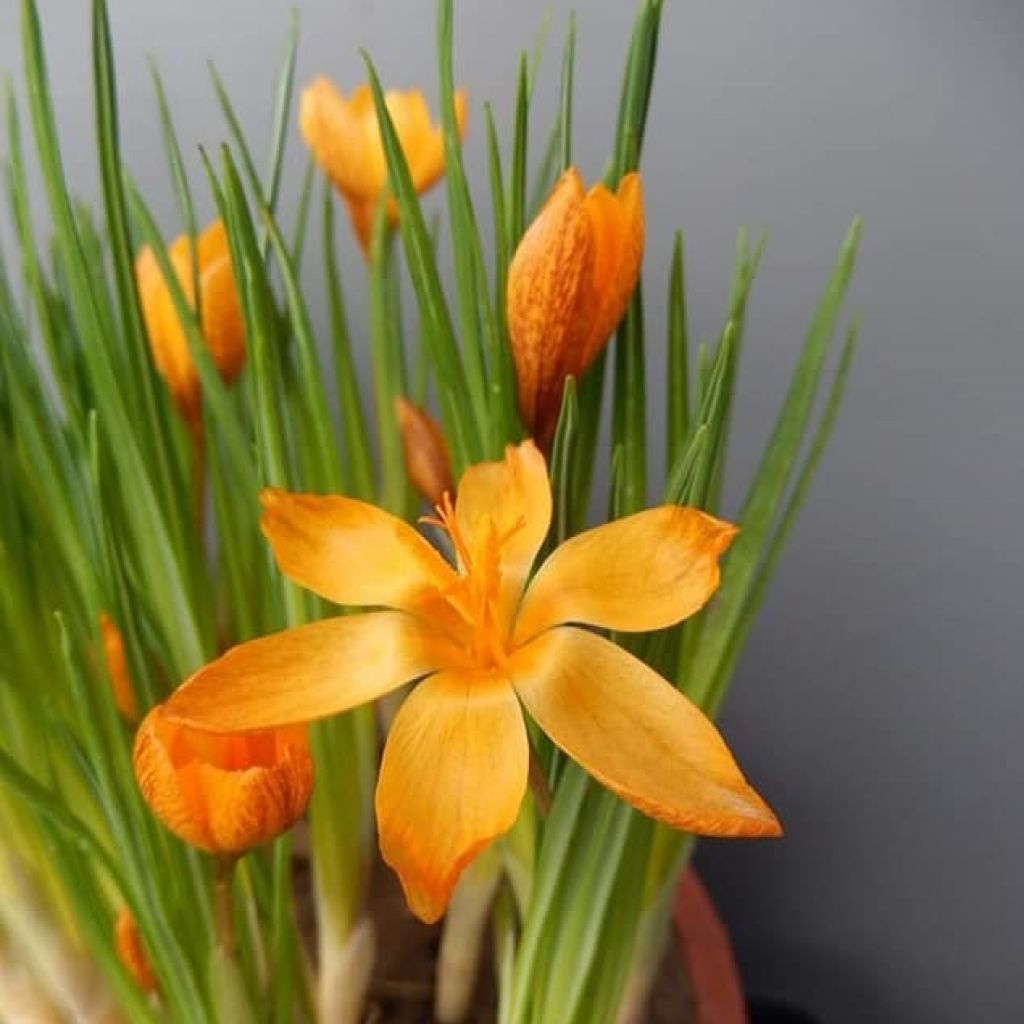

Crocus vitellinus - Crocus botanique
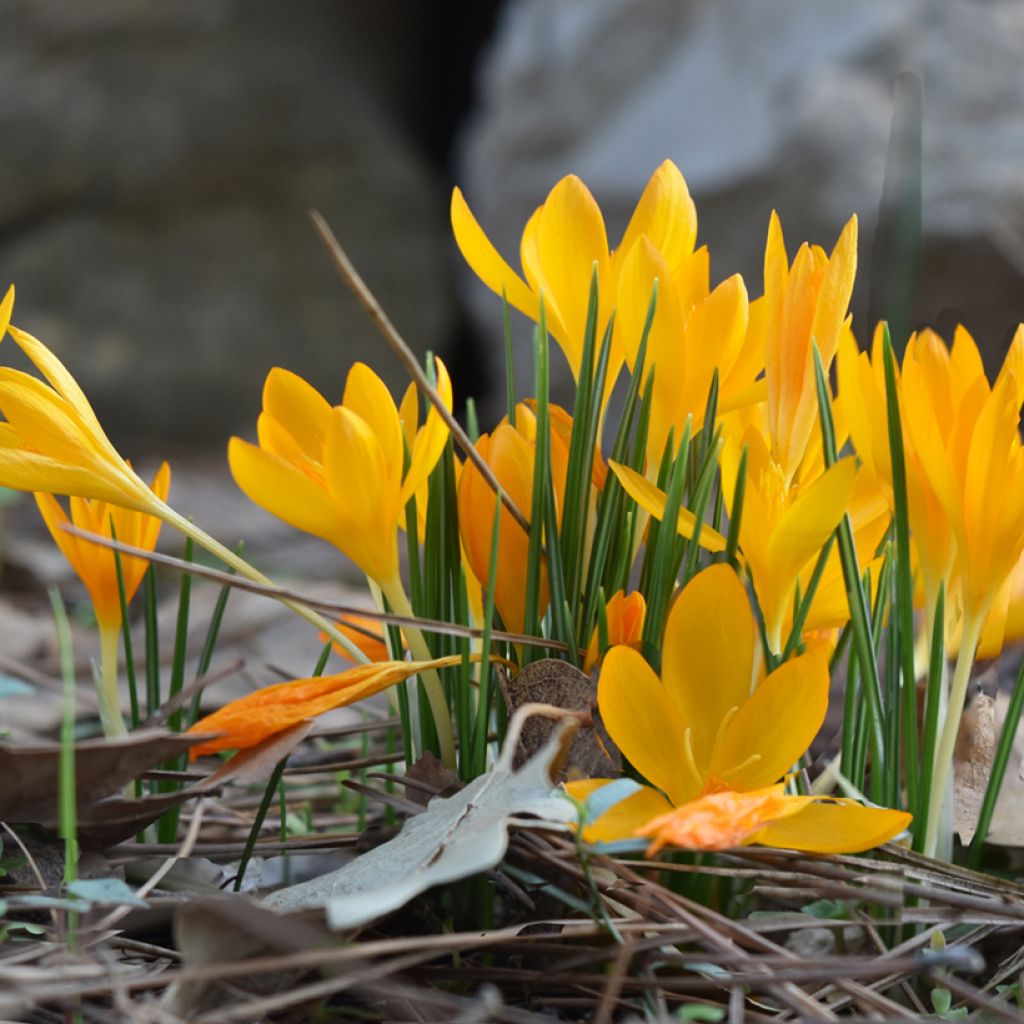

Crocus vitellinus - Crocus botanique
Crocus vitellinus
Crocus vitellinus
Yellow crocus
Special offer!
Receive a €20 voucher for any order over €90 (excluding delivery costs, credit notes, and plastic-free options)!
1- Add your favorite plants to your cart.
2- Once you have reached €90, confirm your order (you can even choose the delivery date!).
3- As soon as your order is shipped, you will receive an email containing your voucher code, valid for 3 months (90 days).
Your voucher is unique and can only be used once, for any order with a minimum value of €20, excluding delivery costs.
Can be combined with other current offers, non-divisible and non-refundable.
Home or relay delivery (depending on size and destination)
Schedule delivery date,
and select date in basket
This plant carries a 6 months recovery warranty
More information
We guarantee the quality of our plants for a full growing cycle, and will replace at our expense any plant that fails to recover under normal climatic and planting conditions.
Does this plant fit my garden?
Set up your Plantfit profile →
Description
Crocus vitellinus is a delicate botanical species sought after by collectors of rare bulbs. From the end of winter, this crocus produces large, sweet-scented, yellow-orange flowers, sometimes brushed with bronze on the reverse. It has retained certain requirements from its origins in order to thrive: the bulb needs a cool winter followed by a hot and dry summer. Well adapted to sunny rock gardens in Mediterranean mountains, it should be grown in an alpine greenhouse under different climates.
Crocus vitellinus belongs to the Iridaceae family. Its natural habitat corresponds to rocky or slightly bushy areas in Turkey, Syria, and Lebanon, where it grows up to 1400m (4593ft) in altitude. In these regions, it blooms from late January or early February. In cultivation, the plant blooms in February-March. Each bulb produces 1 to 3 flowers measuring 8 to 9cm (3 to 4in) in length that emerge from the ground. The elongated cup-shaped flowers open into a star with 6 branches. The exterior of the outer petals is often speckled or brushed with bronze, while the interior is a vibrant orange-yellow. The heart of the flower is filled with stamens and a highly divided style, which is orange-vermilion in colour. The flowers close at night and in bad weather, opening wide in sunlight. The foliage is deciduous, drying shortly after flowering. It consists of 2 to 4 linear leaves, which are quite wide for a crocus (up to 3mm wide). They are dark green with a central zone of silver-white. The 'bulbs' here are corms covered with a membranous tunic of parallel fibres. A corm is, in plant morphology, an underground storage organ resembling a bulb, but is formed by a swollen stem surrounded by scales.
Crocus vitellinus is not the easiest to acclimatise. Outside of climates that are favourable to it, it is more suitable to cultivate it in an alpine greenhouse or in pots that are protected from humidity in summer. Like other botanical species, it is irreplaceable in rock gardens and at the base of bushes, when its radiant flowering emerges as a beautiful surprise from the end of winter. When cultivation in open ground is possible, it can be planted en masse at the base of deciduous trees with blue anemones and Cyclamen coum, and of course, combined with other early-flowering crocuses. It is ideal for alpine gardens.
Crocus roots can contract like a spring, allowing the plant to settle at its ideal depth.
Crocus vitellinus in pictures
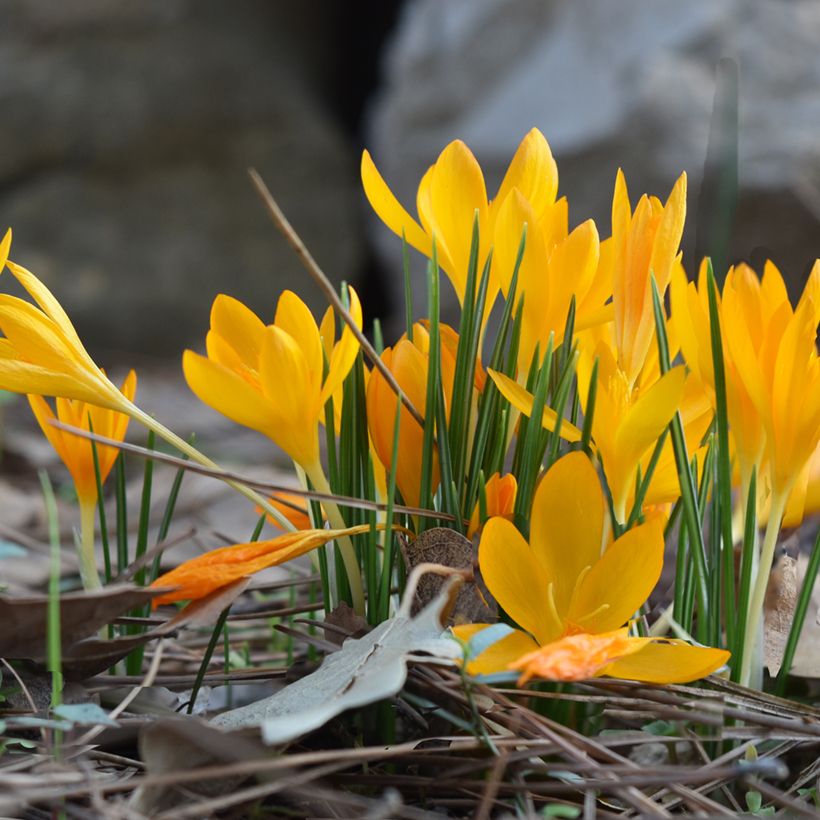

Plant habit
Flowering
Foliage
Botanical data
Crocus
vitellinus
Iridaceae
Yellow crocus
Middle East
Other Spring Crocus
View all →Planting and care
Crocus vitellinus is a somewhat delicate plant. It requires a cool to cold winter and a hot and dry summer. Plant the small bulbs from September to December, in light and well-drained soil, at a depth of 5cm (2in) and with a spacing of 5cm (2in), or in groups of three every 15 to 20cm (6 to 8in). It is preferable to leave them in place. They will form increasingly floriferous clumps. Plant them in pots on the patio, which can be protected from humidity in summer. Be careful not to cut the foliage before it turns yellow. Corms are susceptible to moisture, which can cause them to rot during their resting period. Rodents are fond of these corms, and snails and slugs will eat all above-ground parts of the plant.
Planting period
Intended location
Care
Planting & care advice
This item has not been reviewed yet - be the first to leave a review about it.
Similar products
Haven't found what you were looking for?
Hardiness is the lowest winter temperature a plant can endure without suffering serious damage or even dying. However, hardiness is affected by location (a sheltered area, such as a patio), protection (winter cover) and soil type (hardiness is improved by well-drained soil).

Photo Sharing Terms & Conditions
In order to encourage gardeners to interact and share their experiences, Promesse de fleurs offers various media enabling content to be uploaded onto its Site - in particular via the ‘Photo sharing’ module.
The User agrees to refrain from:
- Posting any content that is illegal, prejudicial, insulting, racist, inciteful to hatred, revisionist, contrary to public decency, that infringes on privacy or on the privacy rights of third parties, in particular the publicity rights of persons and goods, intellectual property rights, or the right to privacy.
- Submitting content on behalf of a third party;
- Impersonate the identity of a third party and/or publish any personal information about a third party;
In general, the User undertakes to refrain from any unethical behaviour.
All Content (in particular text, comments, files, images, photos, videos, creative works, etc.), which may be subject to property or intellectual property rights, image or other private rights, shall remain the property of the User, subject to the limited rights granted by the terms of the licence granted by Promesse de fleurs as stated below. Users are at liberty to publish or not to publish such Content on the Site, notably via the ‘Photo Sharing’ facility, and accept that this Content shall be made public and freely accessible, notably on the Internet.
Users further acknowledge, undertake to have ,and guarantee that they hold all necessary rights and permissions to publish such material on the Site, in particular with regard to the legislation in force pertaining to any privacy, property, intellectual property, image, or contractual rights, or rights of any other nature. By publishing such Content on the Site, Users acknowledge accepting full liability as publishers of the Content within the meaning of the law, and grant Promesse de fleurs, free of charge, an inclusive, worldwide licence for the said Content for the entire duration of its publication, including all reproduction, representation, up/downloading, displaying, performing, transmission, and storage rights.
Users also grant permission for their name to be linked to the Content and accept that this link may not always be made available.
By engaging in posting material, Users consent to their Content becoming automatically accessible on the Internet, in particular on other sites and/or blogs and/or web pages of the Promesse de fleurs site, including in particular social pages and the Promesse de fleurs catalogue.
Users may secure the removal of entrusted content free of charge by issuing a simple request via our contact form.
The flowering period indicated on our website applies to countries and regions located in USDA zone 8 (France, the United Kingdom, Ireland, the Netherlands, etc.)
It will vary according to where you live:
- In zones 9 to 10 (Italy, Spain, Greece, etc.), flowering will occur about 2 to 4 weeks earlier.
- In zones 6 to 7 (Germany, Poland, Slovenia, and lower mountainous regions), flowering will be delayed by 2 to 3 weeks.
- In zone 5 (Central Europe, Scandinavia), blooming will be delayed by 3 to 5 weeks.
In temperate climates, pruning of spring-flowering shrubs (forsythia, spireas, etc.) should be done just after flowering.
Pruning of summer-flowering shrubs (Indian Lilac, Perovskia, etc.) can be done in winter or spring.
In cold regions as well as with frost-sensitive plants, avoid pruning too early when severe frosts may still occur.
The planting period indicated on our website applies to countries and regions located in USDA zone 8 (France, United Kingdom, Ireland, Netherlands).
It will vary according to where you live:
- In Mediterranean zones (Marseille, Madrid, Milan, etc.), autumn and winter are the best planting periods.
- In continental zones (Strasbourg, Munich, Vienna, etc.), delay planting by 2 to 3 weeks in spring and bring it forward by 2 to 4 weeks in autumn.
- In mountainous regions (the Alps, Pyrenees, Carpathians, etc.), it is best to plant in late spring (May-June) or late summer (August-September).
The harvesting period indicated on our website applies to countries and regions in USDA zone 8 (France, England, Ireland, the Netherlands).
In colder areas (Scandinavia, Poland, Austria...) fruit and vegetable harvests are likely to be delayed by 3-4 weeks.
In warmer areas (Italy, Spain, Greece, etc.), harvesting will probably take place earlier, depending on weather conditions.
The sowing periods indicated on our website apply to countries and regions within USDA Zone 8 (France, UK, Ireland, Netherlands).
In colder areas (Scandinavia, Poland, Austria...), delay any outdoor sowing by 3-4 weeks, or sow under glass.
In warmer climes (Italy, Spain, Greece, etc.), bring outdoor sowing forward by a few weeks.






























